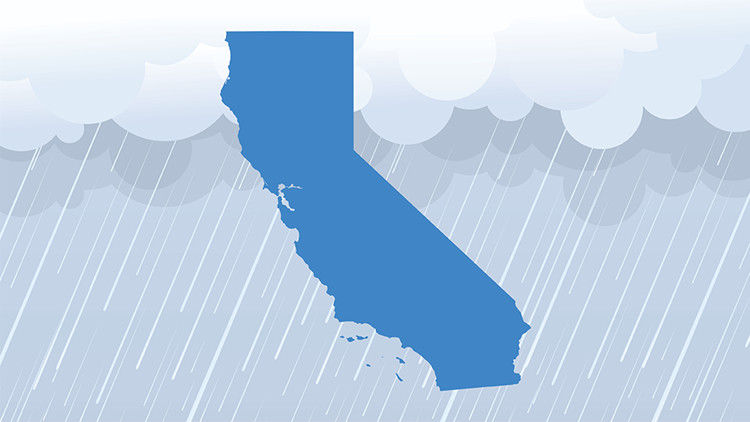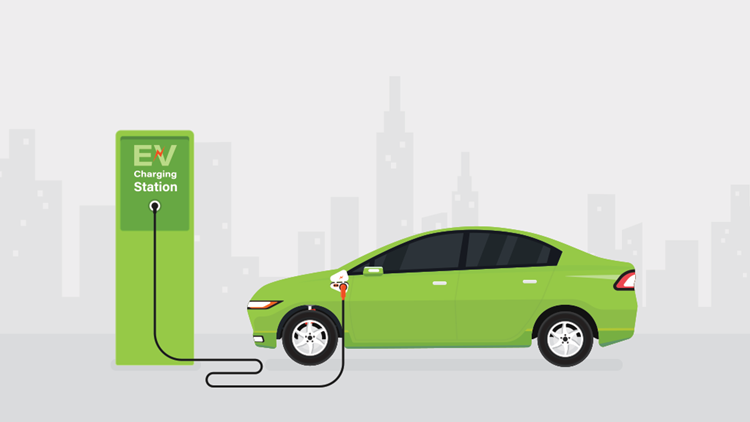by Socheata Ten EA, LLC | Jan 15, 2023 | Tax Tips and News
Californians have been battered by torrential rains and flooding from a recent series of storms. To help victims recover, the Internal Revenue Service recently announced tax relief for federally declared disaster areas in the state.

Which California counties are getting tax relief?
Initially published on January 10, the news release was updated yesterday to include 10 new affected areas. Now, the relief applies to 41 counties across the state:
- Alameda
- Colusa
- Contra Costa
- El Dorado
- Fresno
- Glenn
- Humboldt
- Kings
- Lake
- Los Angeles
- Madera
- Marin
- Mariposa
- Mendocino
- Merced
- Mono
- Monterey
- Napa
- Orange
- Placer
- Riverside
- Sacramento
- San Benito
- San Bernardino
- San Diego
- San Francisco
- San Joaquin
- San Luis Obispo
- San Mateo
- Santa Barbara
- Santa Clara
- Santa Cruz
- Solano
- Sonoma
- Stanislaus
- Sutter
- Tehama
- Tulare
- Ventura
- Yolo
- Yuba
Visit the IRS’s Tax Relief in Disaster Situations page for the most up-to-date list of eligible locations.
What are the terms of the California tax relief?
Tax relief generally provides qualifying individuals and businesses residing in federally declared disaster areas additional time to meet filing and payment deadlines. The California relief pushes back a number of deadlines beginning January 8, 2023, until May 15, 2023, including the following:
- January 17, 2023, quarterly estimated tax payment deadline
- January 31, 2023, quarterly payroll and excise tax filing deadline
- March 1, 2023, farmers’ filing and payment deadline (if they forgo quarterly estimated payments)
- April 18, 2023, quarterly estimated tax payment deadline
- April 18, 2023, individual income tax return filing and payment deadline
- April 30, 2023, quarterly payroll and excise tax filing deadline
This relief also extends to individuals and businesses with uninsured or unreimbursed losses resulting from the storms. Qualifying victims “can choose to claim [those losses] on either the return for the year the loss occurred (in this instance, the 2023 return normally filed next year), or the return for the prior year (2022, normally filed this tax season).”
However, when claiming uninsured or unreimbursed losses, taxpayers should review Publication 547 and remember to “write the FEMA declaration number—3691-EM—on any return claiming a loss.”
Sources: IR-2023-03; “Storms keep pummeling California, causing widespread flooding and evacuations,” NPR.org
– Story provided by TaxingSubjects.com
by Socheata Ten EA, LLC | Jan 13, 2023 | Tax Tips and News
The wait is over for tax professionals eager to learn when the 2023 filing season will begin. Today, the Internal Revenue Service revealed they will start accepting and processing individual returns on January 23, 2023. The federal tax agency reassures that the service it provides this year will be improved by the recent hiring of more than 5,000 telephone and in-person staff.
This announcement caps off several busy weeks for the federal tax agency, which have included the publication of guidance related to clean vehicles, the completion of automatic corrections for the 2020 unemployment compensation exclusion, and the extension of deadlines for California storm victims.
When is Tax Day 2023?
The deadline for filing an individual return, requesting an extension, and paying tax owed is April 18, 2023 due to the Emancipation Day holiday.
How long will it take the IRS to issue tax refunds?
The IRS predicts that tax refunds generally will be issued within 21 days if the following criteria are met:
- The return is filed electronically
- The taxpayer chooses direct deposit
- The return has no issues
However, a provision in the PATH Act prevents the IRS from issuing refunds for any return claiming the Earned Income Tax Credit or Additional Child Tax Credit until February 15. This delay is designed to provide the agency with additional time to combat fraudulent tax returns.
Do I have to wait until January 23 to transmit client returns to the IRS?
Tax professionals using Drake Tax® do not have to wait until January 23 to submit completed individual client returns. Drake Software places returns received before the start of filing season in a queue and automatically transmits them to the IRS when the agency begins processing.

Source: IR-2023-05
– Story provided by TaxingSubjects.com
by Socheata Ten EA, LLC | Jan 7, 2023 | Tax Tips and News
High gas prices have understandably made plug-in electric and fuel cell vehicles more attractive in recent years. While a provision in the Inflation Reduction Act of 2022 is designed to make the switch less of a financial burden, there is confusion surrounding some of the new requirements for the Clean Vehicle Credit.
Naturally, the Internal Revenue Service has been working to issue guidance for those new requirements. As part of that effort, the agency announced proposed regulations in Notice 2023-1 and updated webpages containing general information about the Clean Vehicle Credit and an index of qualified manufacturers and vehicles.

How does the Clean Vehicle Credit work for TY 2023?
The Clean Vehicle Credit can be worth up to $7,500 for qualifying EVs and FCVs purchased and put into service on or after January 1, 2023. For the purposes of the credit, “put into service” means “the date the taxpayer takes possession of the vehicle” (N 2023-1, 5).
(Note: The Clean Vehicle Credit was available for clean vehicles purchased prior to 2023, but those requirements are different.)
Like many individual tax credits, those who want to claim the Clean Vehicle Credit cannot have a modified adjusted gross income (AGI) that exceeds a specific threshold established for their filing status:
- $300,000 for married couples filing jointly
- $225,000 for heads of households
- $150,000 for all other filers
Further, qualifying vehicles have to meet a number of requirements, ranging from the location of final assembly to MSRP thresholds for specific vehicle classifications. Here is how the IRS breaks down the requirements:
- Have a battery capacity of at least 7 kilowatt hours
- Have a gross vehicle weight rating of less than 14,000 pounds
- Be made by a qualified manufacturer. See [the] index of qualified manufacturers and vehicles.
- FCVs do not need to be made by a qualified manufacturer to be eligible. See Rev. Proc. 2022-42 for more detailed guidance.
- Undergo final assembly in North America
- [MSRP doesn’t exceed] $80,000 for vans, sport utility vehicles, and pickup trucks
- [MSRP doesn’t exceed] $55,000 for other vehicles
Further, the vehicle must be purchased new, and the seller has to report all required information to the IRS at the time of sale. To ensure a vehicle meets the North America final assembly requirement, the IRS recommends using the Department of Energy VIN Decoder tool. (The rules for used vehicles are different.)
What about the mineral and battery component requirements?
Unfortunately, the notice does not explain the critical mineral and battery component percentage requirements, which are generally considered the most complicated aspect of the updated Clean Vehicle Credit. However, the agency promises that proposed regulations for those requirements are “forthcoming” (N 2023-1, 3).
Want to learn more about the Inflation Reduction Act?
Attend a Drake Software webinar exploring the Inflation Reduction Act that features Drake Software Chief Revenue Officer John Sapp, CPA; Drake Software Lead Tax Analyst Bob Nolan, CPA EA; and Drake Software Tax Software Trainer Ann Campbell, CPA CIA. Sign up for “Inflation Reduction Act: Panel Discussion” on DrakeCPE.com.
Sources: Notice 2023-1; “Manufacturers and Models of Qualified Used Clean Vehicles,” IRS.gov; “Manufacturers and Models for New Qualified Clean Vehicles Purchased in 2022 and Before,” IRS.gov; “Manufacturers and Models for New Qualified Clean Vehicles Purchased in 2023 or After,” IRS.gov; “Credits for New Clean Vehicles Purchased in 2023 or After,” IRS.gov
– Story provided by TaxingSubjects.com







 Socheata Ten EA, LLC
Socheata Ten EA, LLC